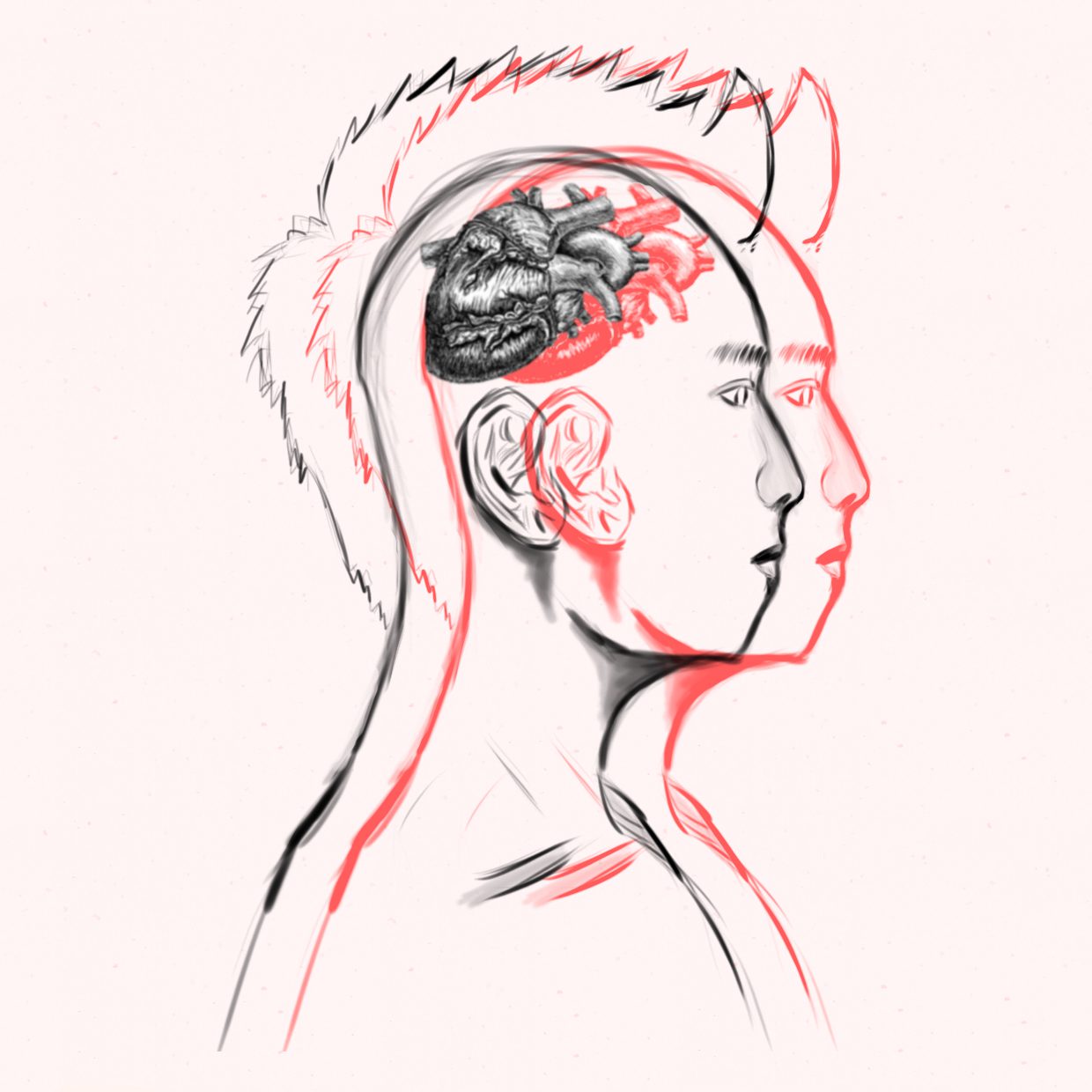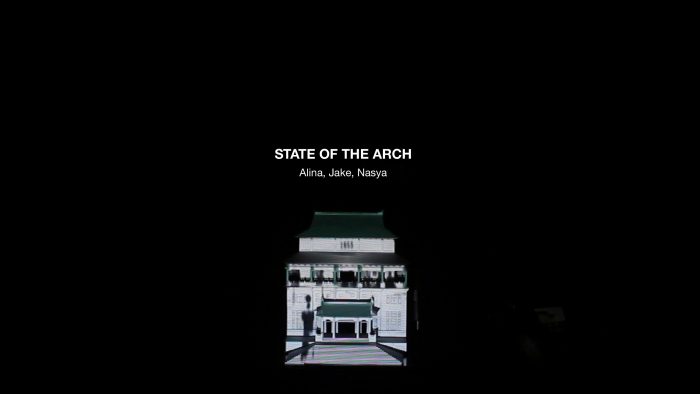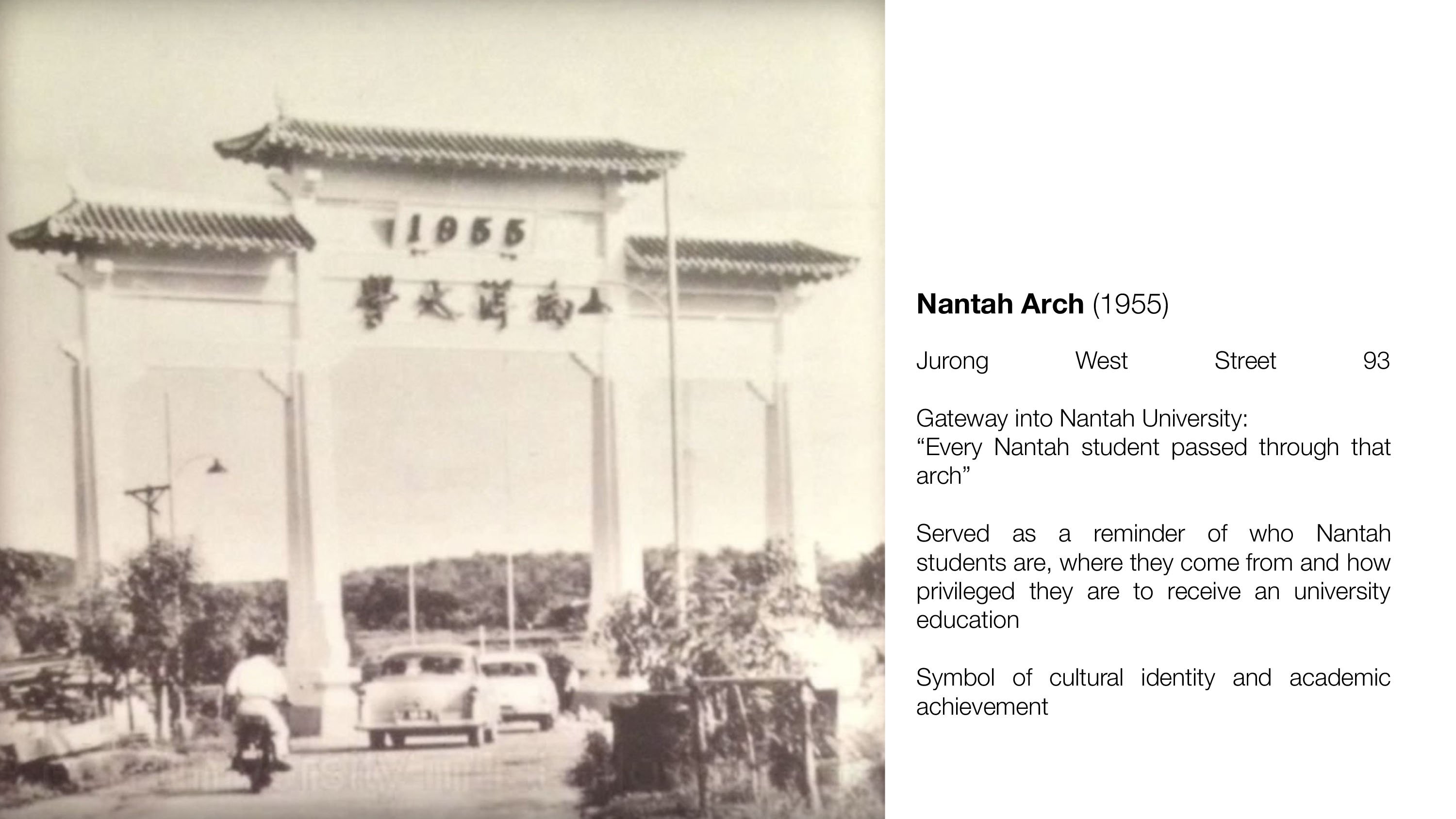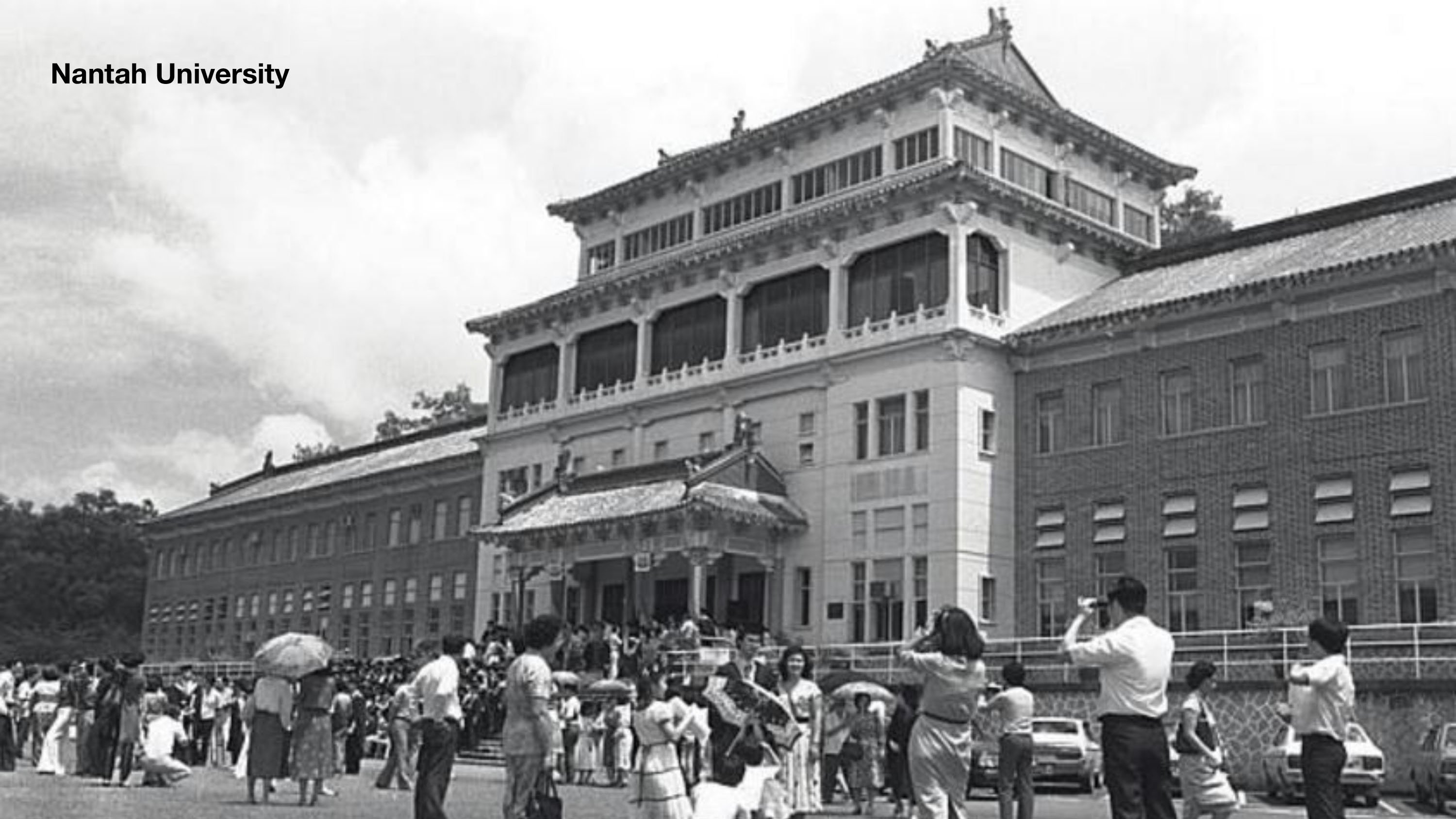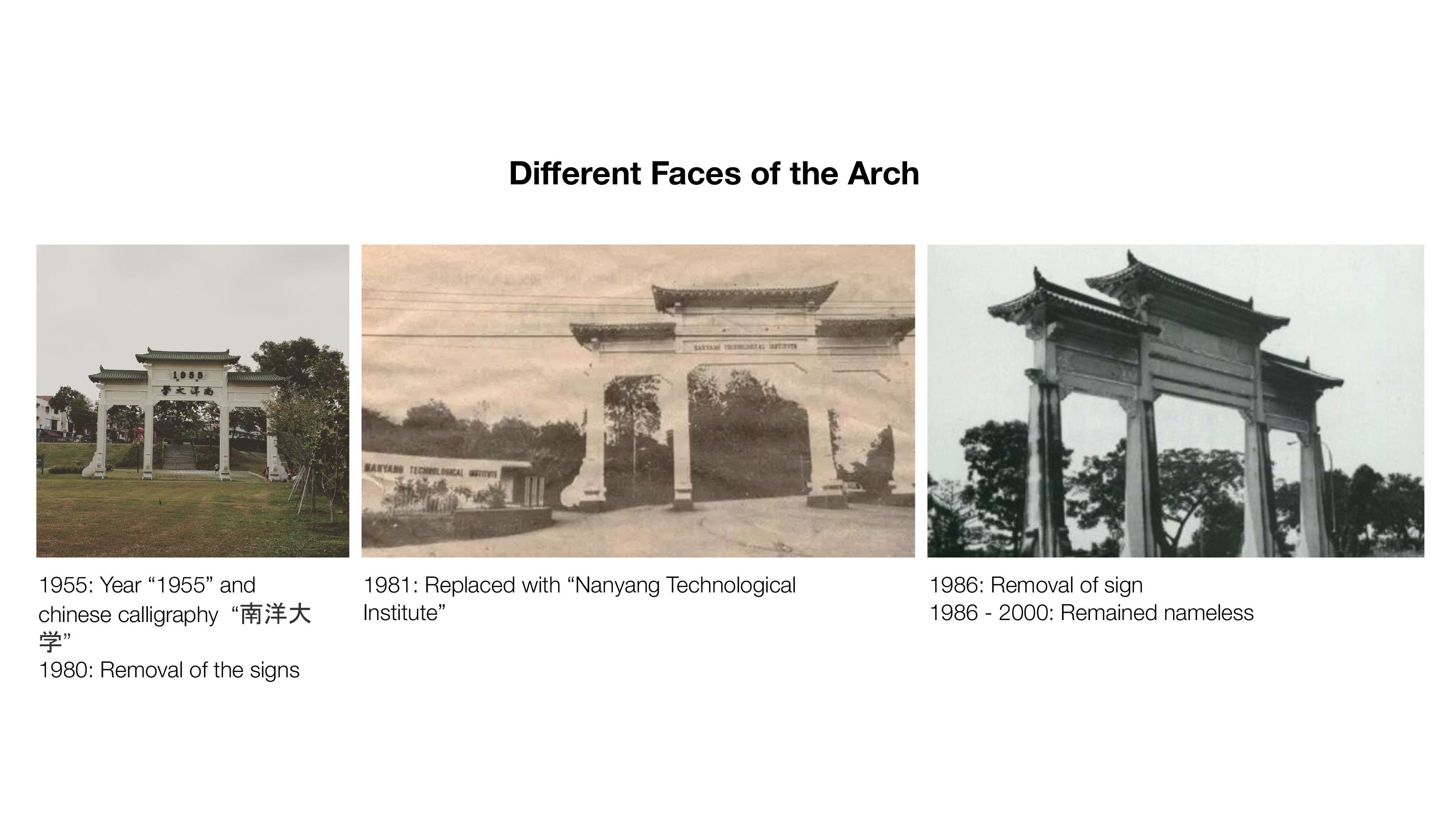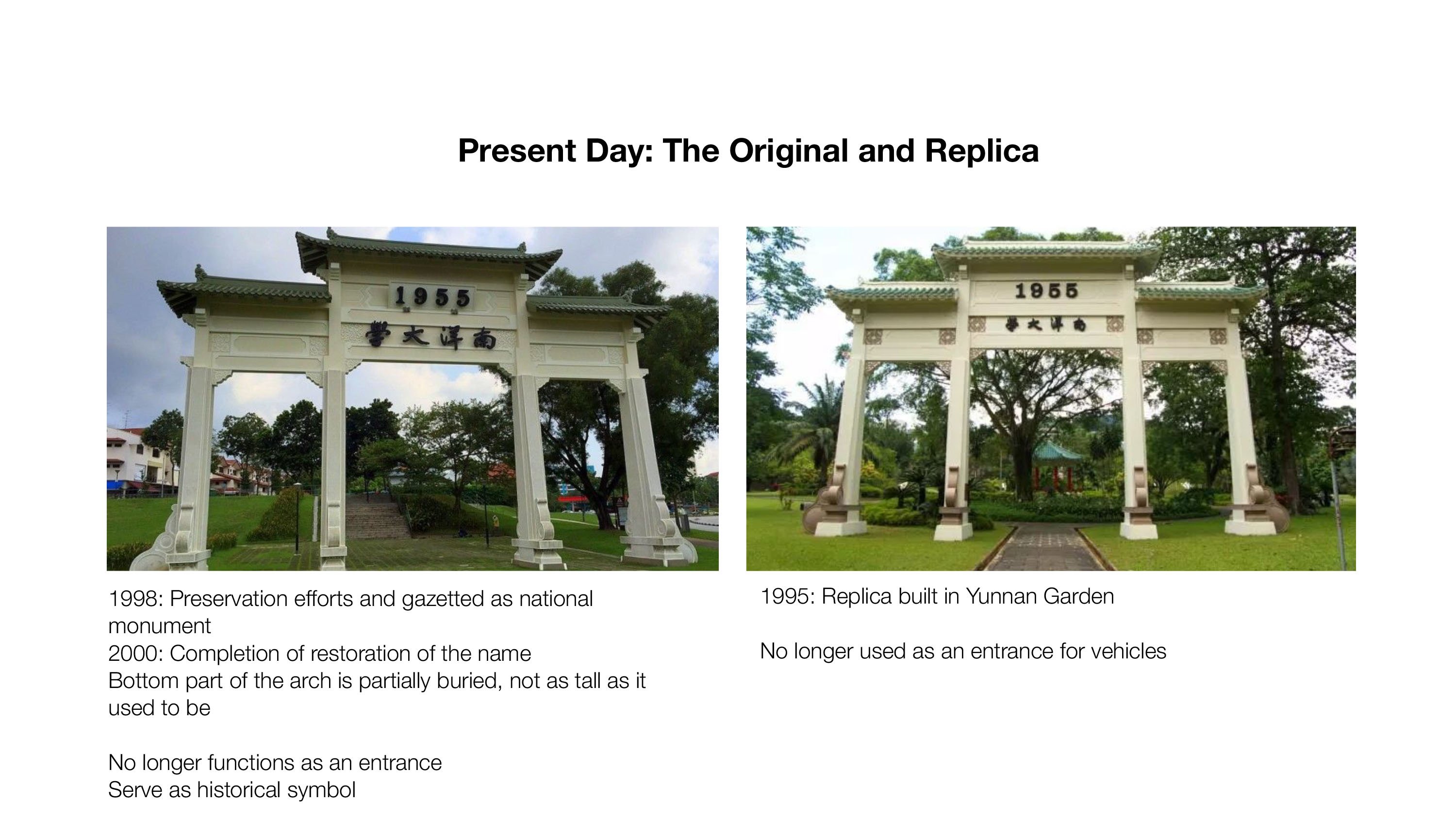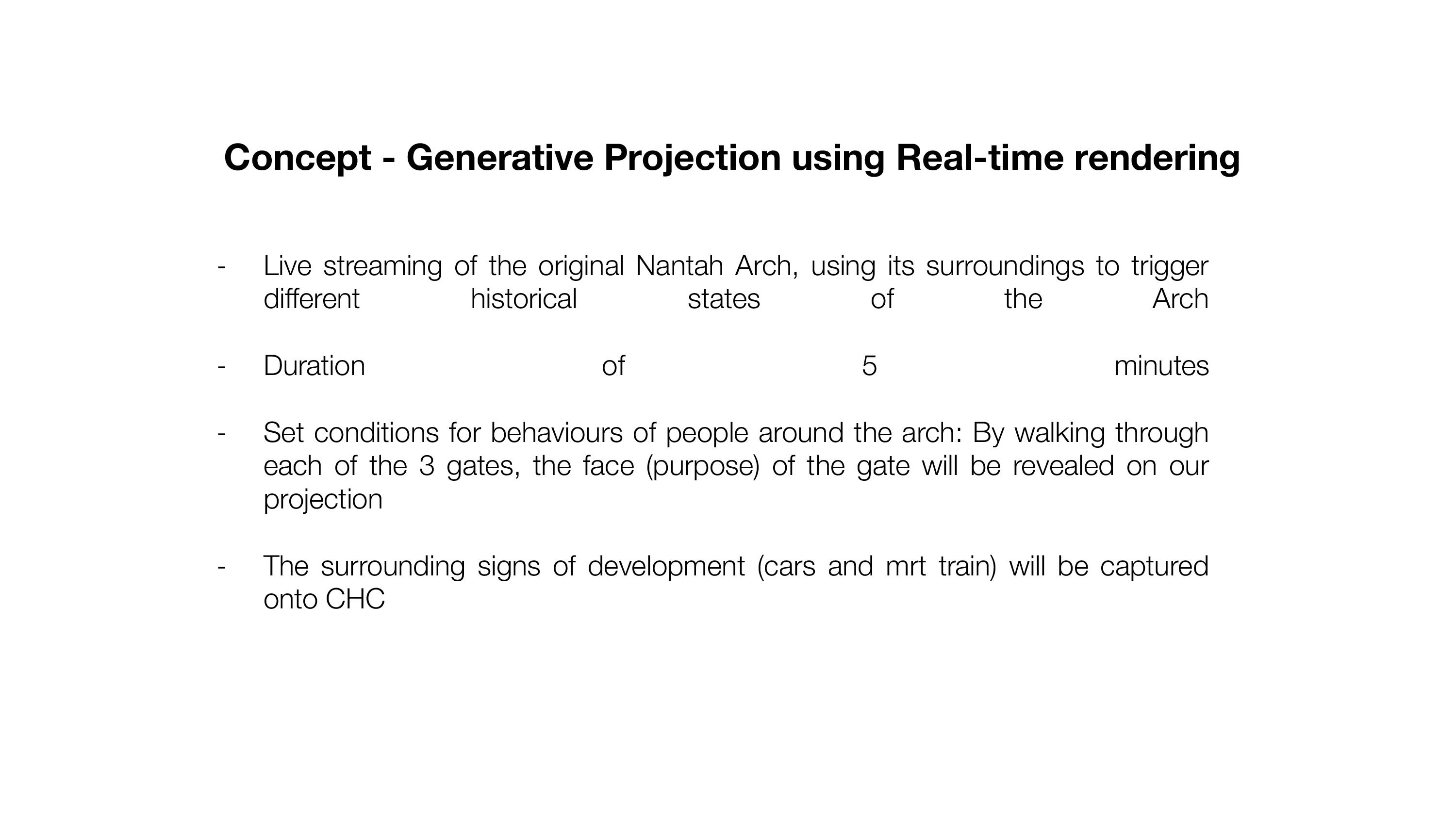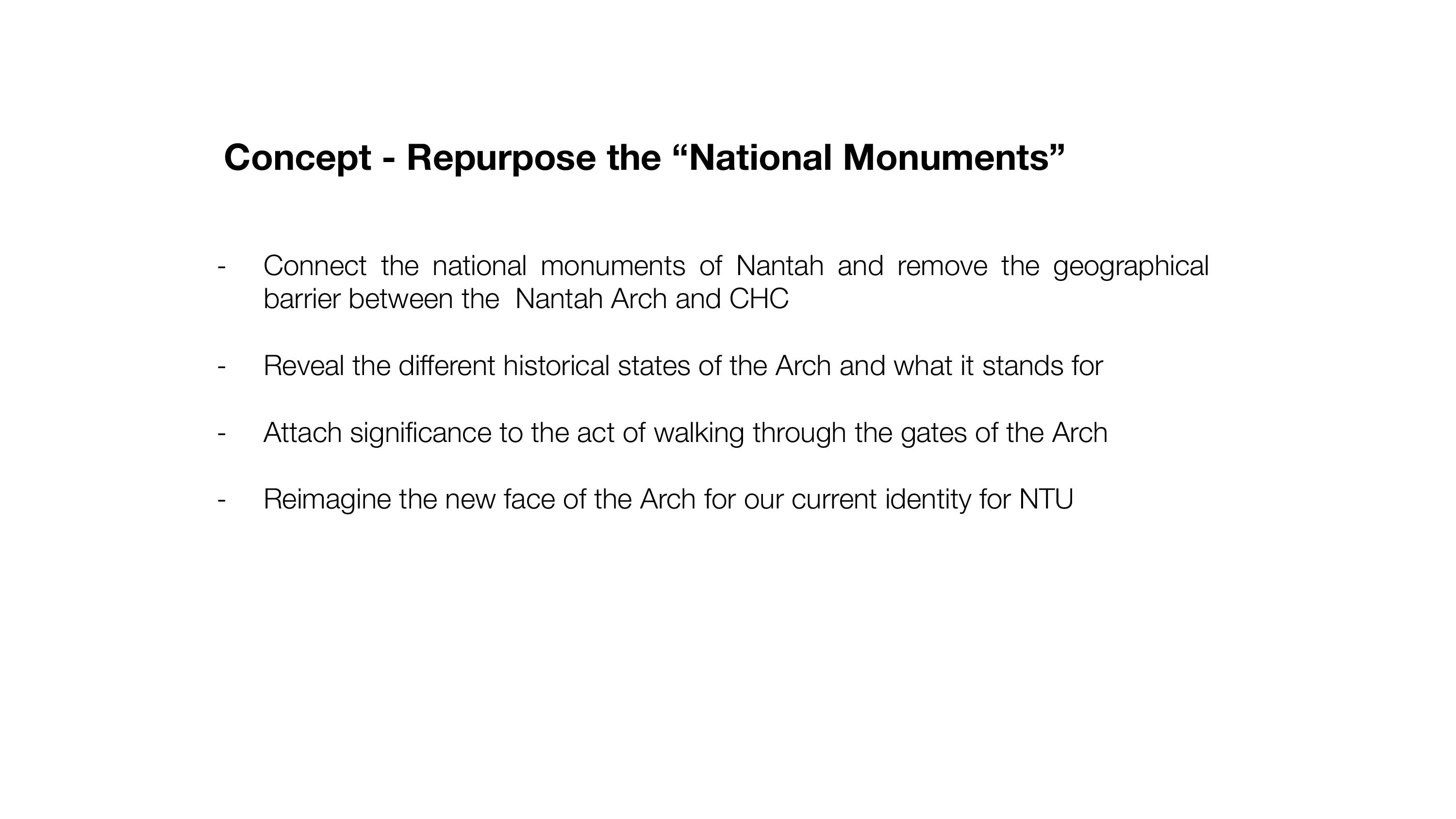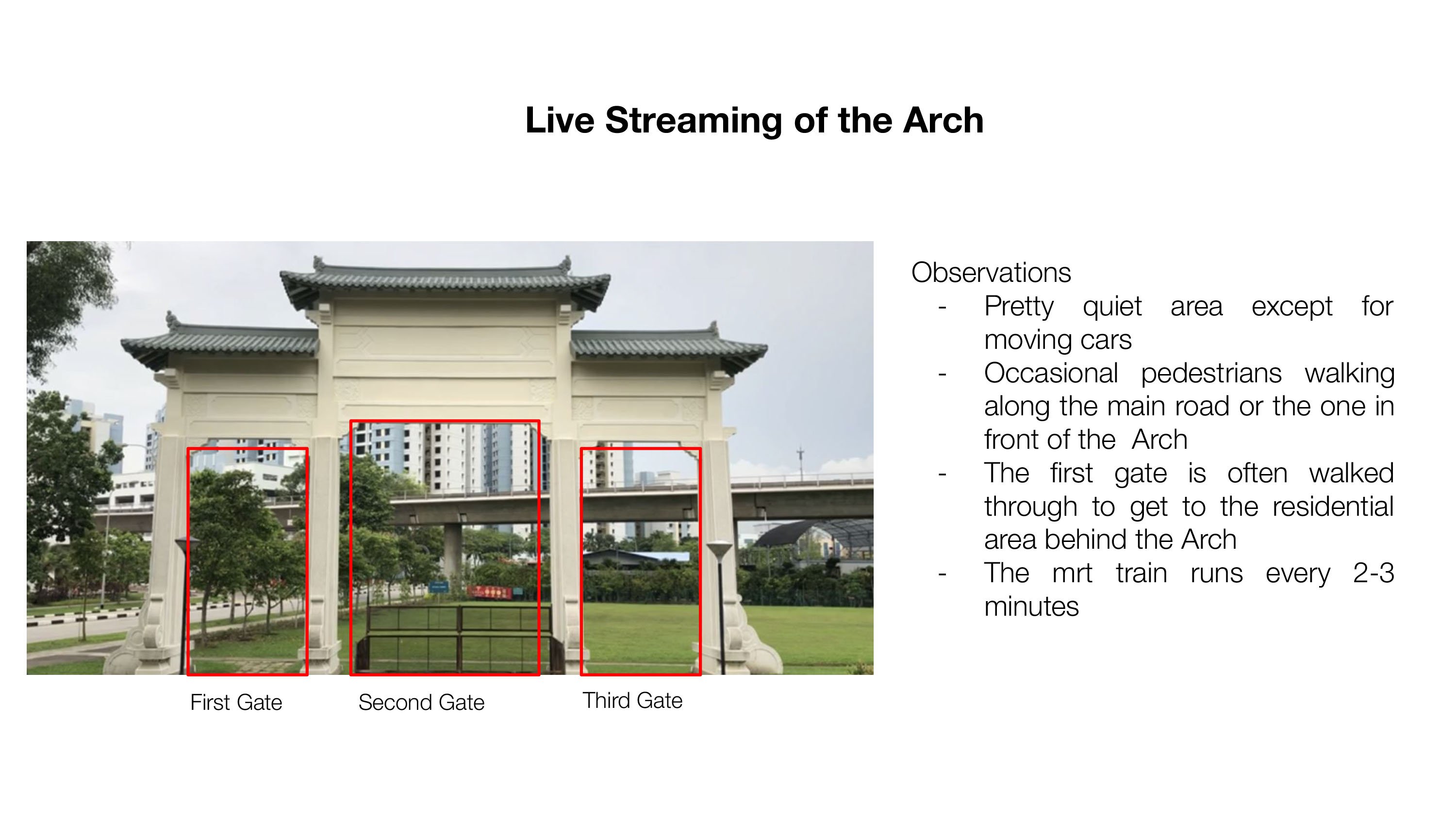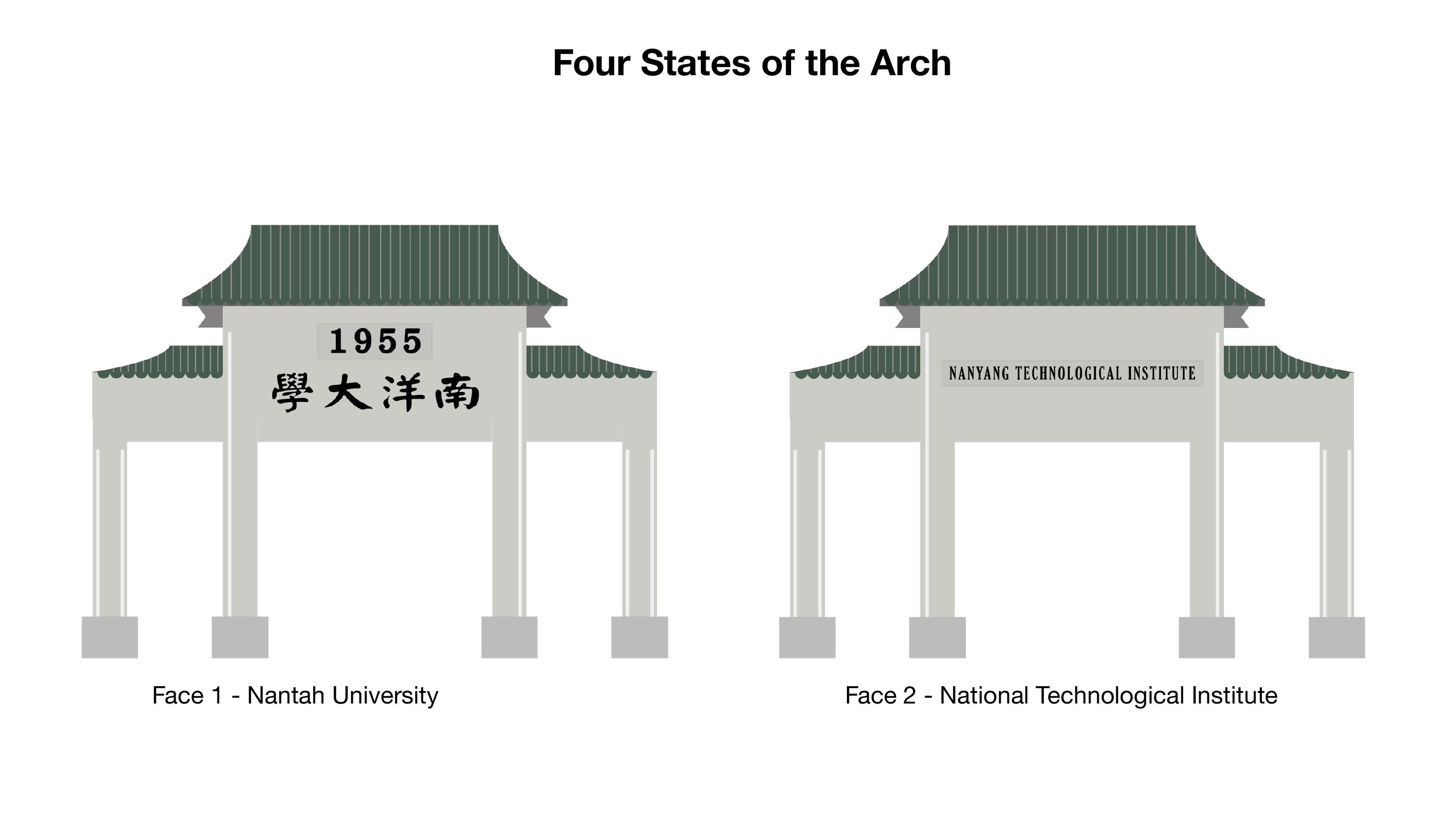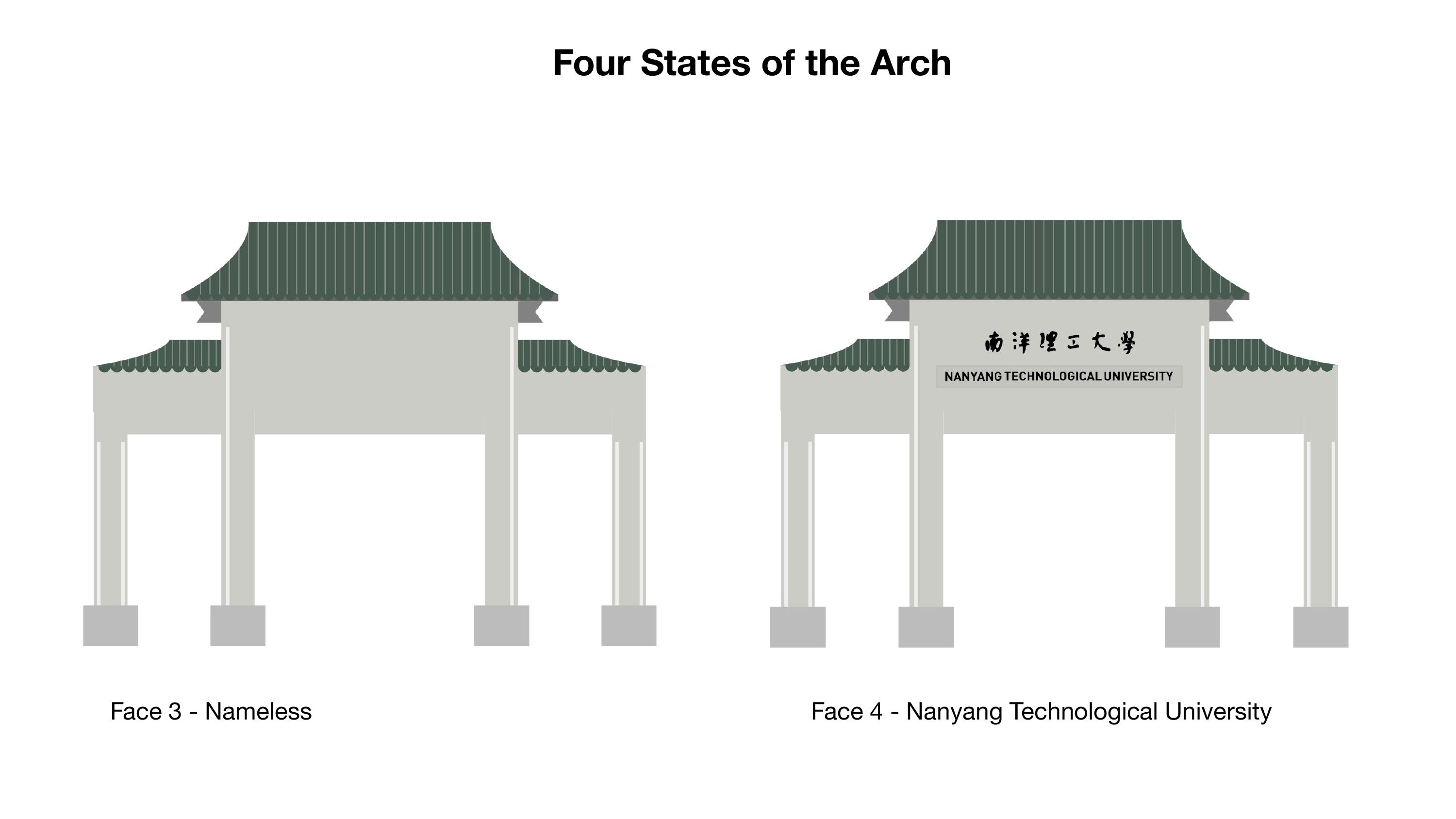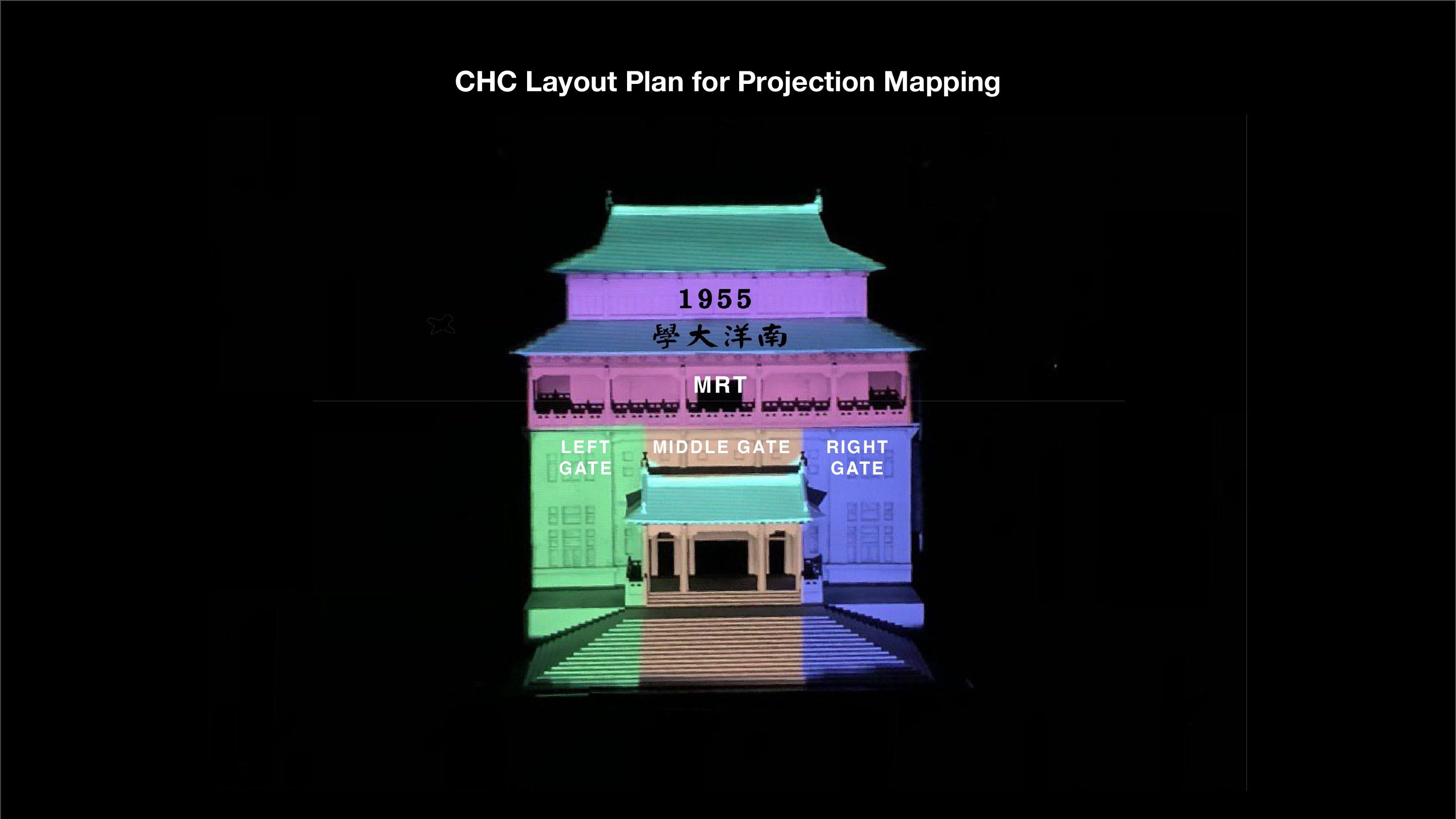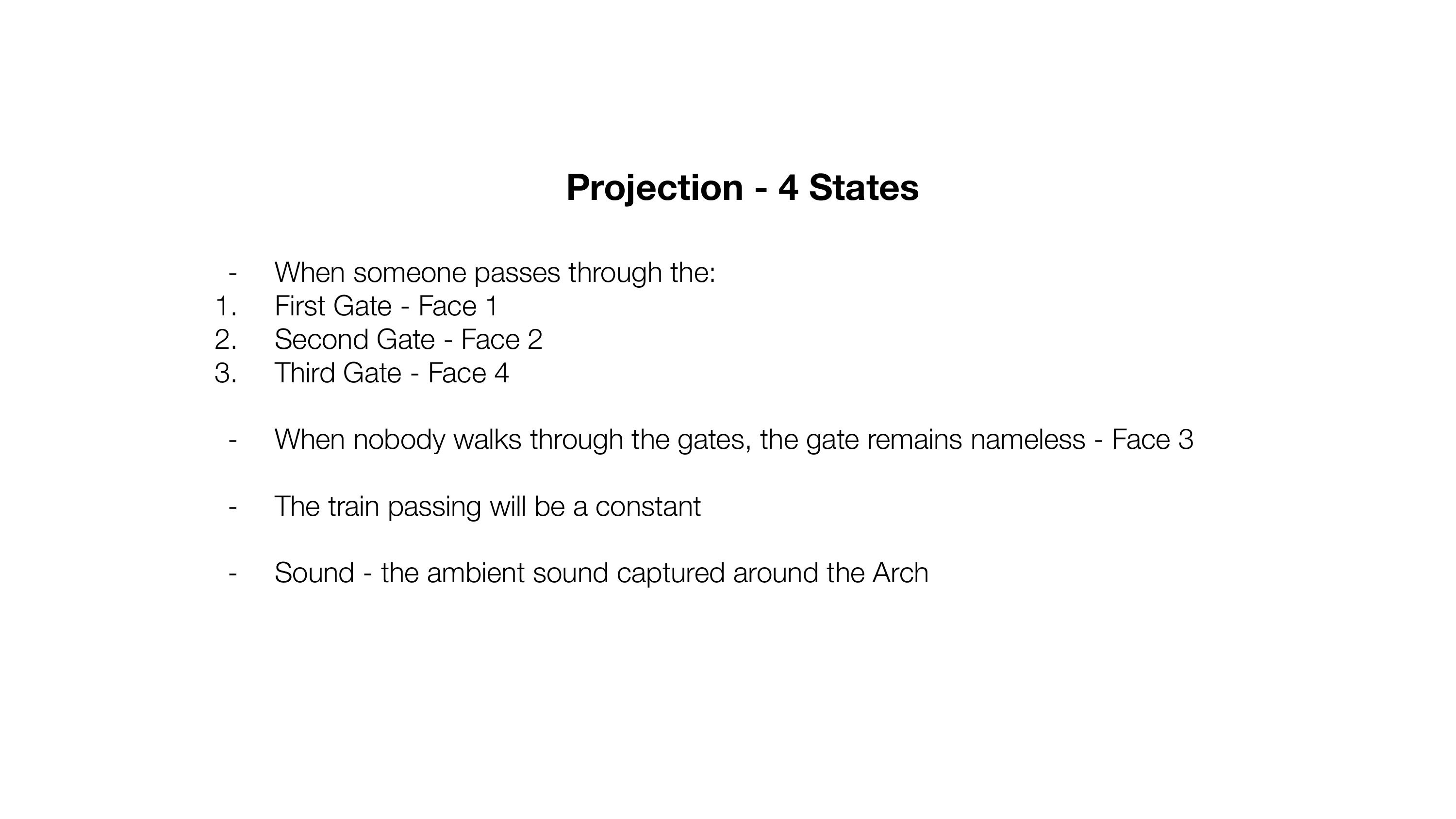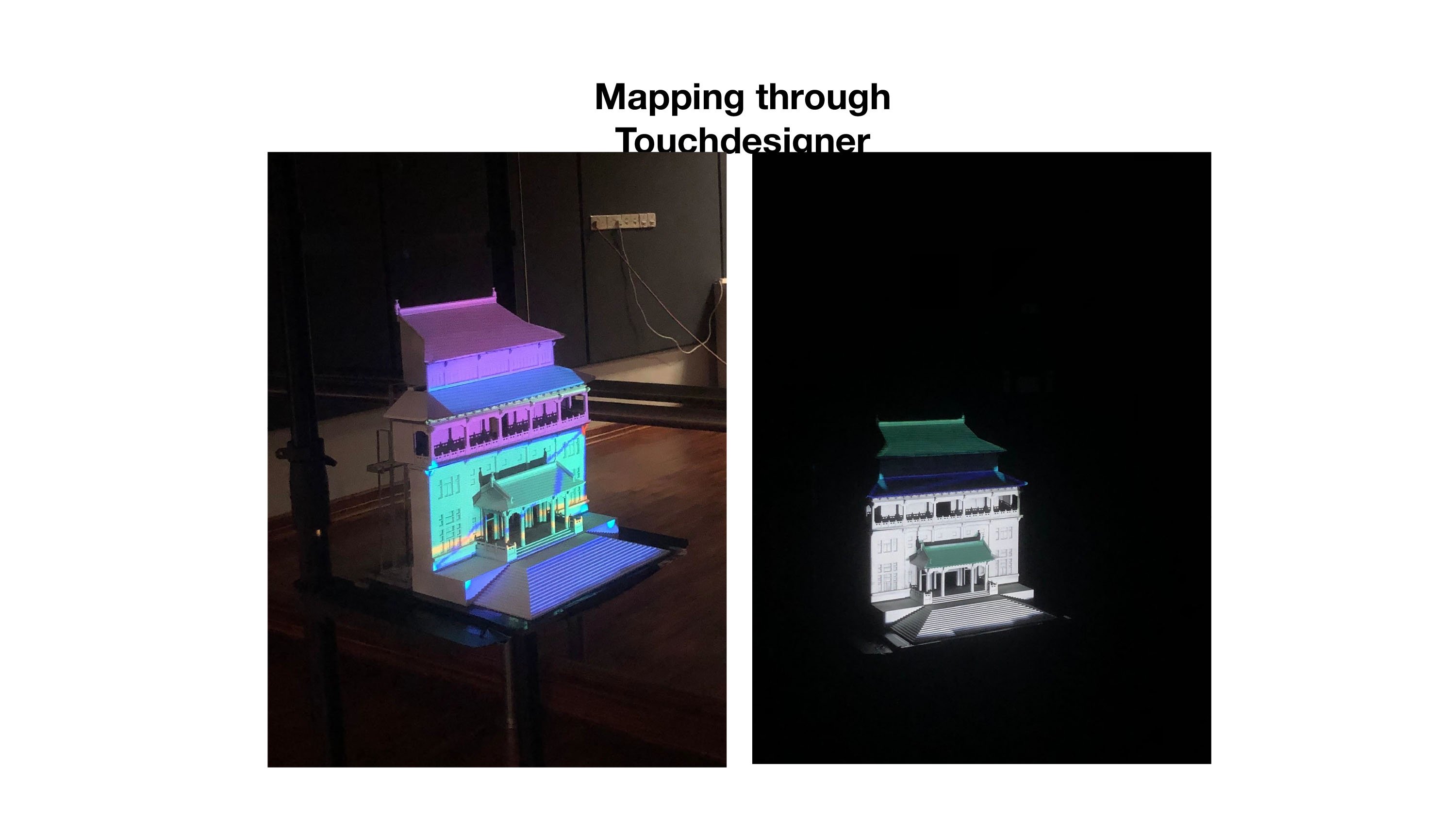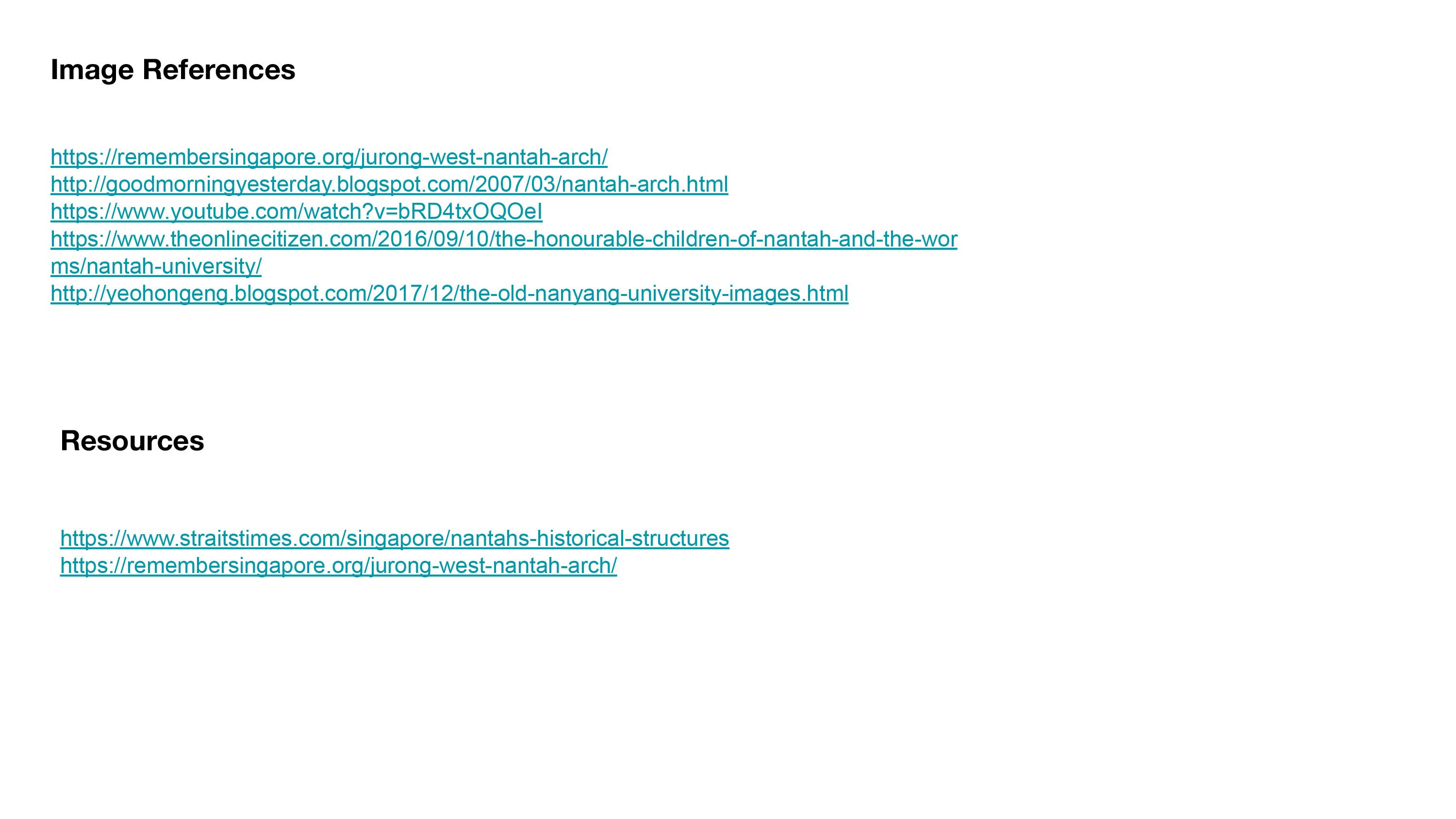
Proper Formatting: https://jxke.co/4th-Dimension
4th DIMENSION
(2nd Edition)
Clarita Saslim, Jake Tan
Nanyang Technological University
April 2019, Singapore
CONCEPT
In the first iteration of The Fourth Dimension, we explored using the mirror as a vehicle to merge the past and present in the same plane, with two different physical spaces to represent them – the forest to represent the past, and the architecture across it to represent the present. The forest that was the natural landscape of the past had been culled to make room for buildings for humans in the present. What have we as humans forsaken for the advancement of our technologies, for the enhancement of the qualities of our lives?

Reflecting the architecture on the mirror nestled against a lush background of plants puts these two different spaces in the same plane, highlighting to the audience the juxtaposition of natural and man-made, which symbolises the imposition of humans on nature. The action of us placing the mirror there is in itself a metaphor to how we are consciously doing this.
The action itself is not inherently bad, as we do so for the betterment of the human kind, but what are the limits to it? How much are we going to exploit nature without giving more thought to it?
The second edition of The Fourth Dimension hopes to illustrate this relationship between human activity and our current environment, and through this installation we invite the audience to reflect on our relationship with the space we live in and interact in and with, the magnitude of the impact of our actions on our environment.
Still referencing the mirror as a medium to alter space and time through different perspectives, we used the projection as a digital counterpart to enable us to break through the physical and financial restrictions of using actual mirrors.

REFERENCES, INFLUENCES
We were interested in the potential of generative art, and we saw how we could use it to illustrate our concept of a changing present due to humans. By adjusting parameters, we are able to autonomously alter the 3D modelled shapes that superpose the ADM building and trees.
In choosing to make only large movements (vehicles) detectable for change, we were thinking with some reference to the visual sensuous matrix. To what extent do we want to integrate the audience’s physical and mental processes? By having a live stream to mimic the mirror, we are at the same time projecting our audience’s individual presence into the same space. We hope this communicates their involvement in the space. However, when they are alone, they do not create a noticeable change. Only when larger movements are made, a huge change is seen. This symbolises the amount of effort needed to actually create change in the world. At the same time, this is to regulate the amount of distortion of the geometries.
In Tuan, Yi-Fu’s Topophilia: A study of environmental perceptions, attitudes, and values, he wrote that “people everywhere tend to structure space – geographical and cosmological – with themselves at the center and with concentric zones (more or less well defined) of decreasing value beyond,” and with this in mind, we thought about how the audience would see or interact with the projection “mirror”.
In spatial organisation, humans tend to see themselves as the center, and everything else as the periphery. This is brought forward also in our installation, as the audience would be able to see themselves in the “mirror”. However, playing with distance and scale, they would appear smaller, and they are urged to look beyond themselves, at the screen, what is projected, and its background, the forest.
For the artistic direction, we worked with restricted generative geometries, including live manipulation by real world elements. This brings an organic, unscripted quality to our work and aesthetically represents the more computerised future.

Overall, we kept it simple and tried to keep a clean look for the screen, so that it would contrast against the lush green background.
PHYSICAL
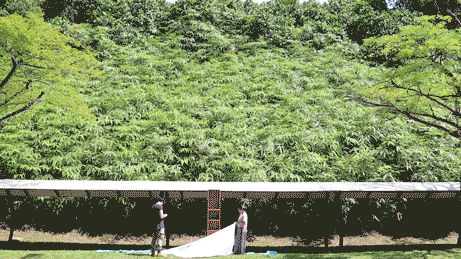
The work is site specific and multiple recce trips were needed to identify the exact branches upon each tree that were on the same Y(height) plane and Z(depth) plane. Nylon strings attached with weights would go through the specified branches to make sure the screen is leveled and uniform.

A power plan was required for this and because of the help of Jonas from Hall 8, we were able to pull electricity without the risks of pulling a wired connection through an active road.

The screen, a makeshift rear view projector screen from the material of chiffon, was chosen because of its density, ability to catch light and flexibility to maneuver in the wind. Our screen has 2 x 2.8 meter PVC poles running across it on the top and the bottom, attached on the ends with velcro. This was the optimal method to ensure the cloth stays in its correct position with proper support and weights.
The projector we used is a Xiaomi Wemax One Pro ultra-short throw laser projector, which was the most ideal and most suitable for our needs and space. Wanting to hide the projector, we decided to do rear projection, and with limited space under the sheltered walkway, the ultra-short throw projector was best since it does not need to be so far away from the screen for us to have a larger-sized projection. This way we were able to minimise disturbance to the public space.
These culminate in a 4.5 meters tall by 2.8 meters wide projection screen hung across The School of Art Design and Media against of one of NTU’s thickest remaining forests.
DIGITAL

The digital space being altered consists of palm trees iconic to the surroundings of ADM and the split up structure of the main ADM building at the back and the gallery building in the front. The geometry, representing the possible future of architecture, of which, rendered real time, would distort upon a certain threshold of motion.
Rendered in real time through TouchDesigner with a Logictech Webcam allowed for us to create a digital mirror. The footage from the webcam is then analysed for motion and passed into modules that handle the distortion of the geometry.
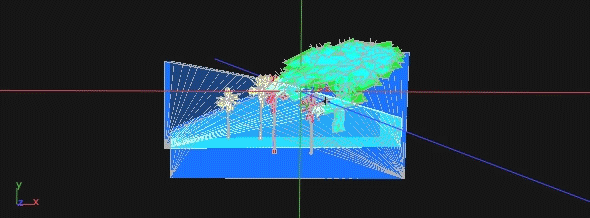
The geometry were meshes created from photo references on Fusion360. The geometries consisted of the frontal Gallery Wing of ADM, the Main Wing of ADM, several palm trees and a big oak trees. Because of the system we are running on, we decided to reduce the amount of vertices to optimise the system.
The distortions are created based on the parameters set on the noise that were receiving data from motion detection that passed through a math range modifier and a lag module to smooth out the curve, of which were adjusted on site weeks before hand to create a bigger sense of motion, a quicker pick up and longer drop off to make things snappy when they appear and lasts longer in case bigger vehicles pass by the webcam and cover the projection screen.
REFLECTION
There is something about being involved in a project that could open your eyes about certain things, or blind you about certain things. We came up with an idea, and wanted to convey it, and along the way, we discover things about our work and ourselves.
This project was really interesting in a sense that we went through the journey in steps. From analogue to digital, we learnt how to unwind and start from the basics. Designing an interaction, a space, we need to look at the world through different goggles. We cannot just design things based on a single point of view. We need to be involved as artists, as designers. Understand the basics of human interaction, human behaviour, and design around that, because only then would a work be relevant, be meaningful.
Through the readings, the exercises and the critique, we are glad that our fascination towards the mirror had developed into a better understanding of its symbolism, the basis of interaction, human perception and the ideas of time and space. This project is far from perfect, but there is only more room to improve on.

Tools Used:
WeMax One Pro Projector
TouchDesigner099
Chiffon Cloth
Polyvinyl chloride Pipes
Heavy Duty Nylon Strings
LogicTech C930E Webcam
Special Thanks:
Louis-Phillipe Demer
Brandon Tay
Sheryl Sim
Ben Shedd
Elliot Woods
Tiffany Anne
Nasya Goh
